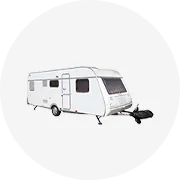

Eo Cao Hình Đồ Lót Thoáng Khí Dệt Kim Giữ Gạc Cơ Thể Với Ren Trang Trí Trưởng Thành Phong Cách Mông Lift Slips Đối Với Phụ Nữ

Sẵn sàng vận chuyển


Sản Phẩm Mới Băng Vệ Sinh Phụ Nữ Dùng Một Lần Thời Gian Đồ Lót Dùng Một Lần Thời Gian Kinh Nguyệt Quần



Sức khỏe và an toàn Gel Bộ nhớ bọt trĩ xương đuôi ĐệM Mông ghế đệm mông miếng đệm đồ lót
Sẵn sàng vận chuyển


Quần Lót Nữ Không Tự Chủ, Quần Lót Chống Rò Rỉ Đặc Biệt, Đồ Lót Nữ Chăm Sóc Sức Khỏe Thoáng Khí
Sẵn sàng vận chuyển



































 浙公网安备 33010002000092号
浙公网安备 33010002000092号 浙B2-20120091-4
浙B2-20120091-4